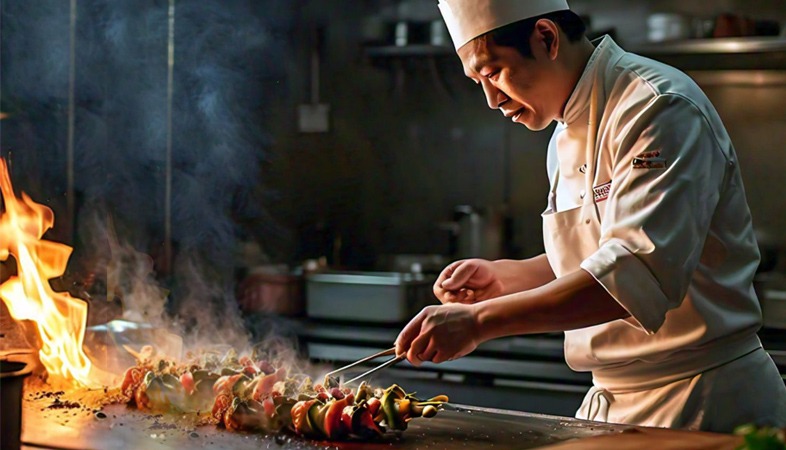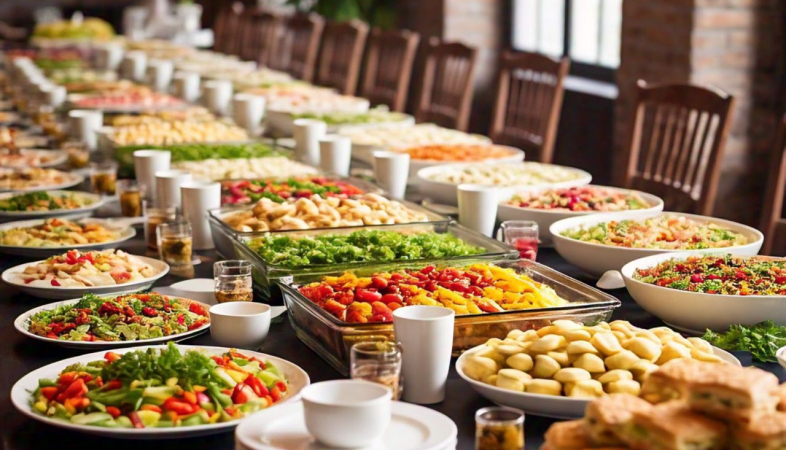SHARE
Commercials
More Posts
Jul 05, 2025
Chicken Satay - By Chef R. Vijayan
Feb 19, 2025
Dhokla Chicken Tikka Sandwich - By Chef Hardev Singh
Jul 05, 2025
Chicken Satay - By Chef R. Vijayan
Feb 19, 2025
.png)









.jpg)


















